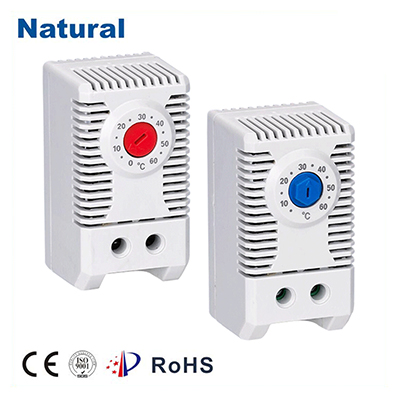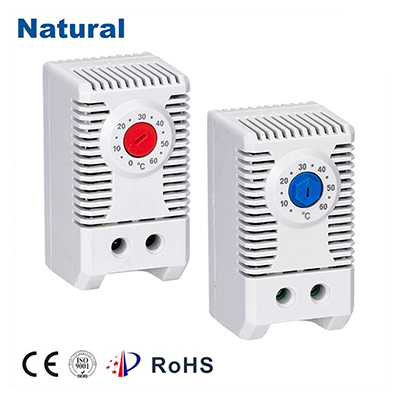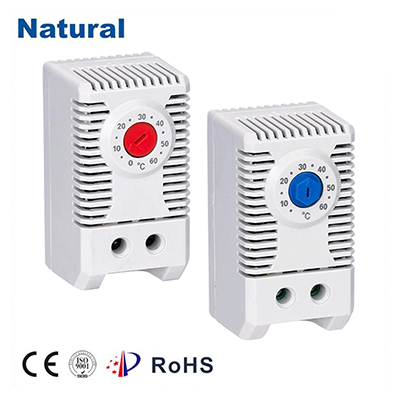A bimetal thermostat is a type of mechanical device used to regulate temperature by utilizing the thermal expansion properties of two metals with different coefficients of expansion. This simple yet effective thermostat has been widely used in various applications, from household appliances to industrial systems. In this article, we will explore the basic working principles, advantages, and diverse applications of bimetal thermostats.

What is a Bimetal Thermostat?

A bimetal thermostat consists of two strips of metal that are bonded together. These metals are chosen for their distinct thermal expansion rates, meaning one metal expands more than the other when heated. Common metal combinations used in bimetal thermostats include brass and steel or copper and iron. When the temperature changes, the different expansion rates cause the bimetallic strip to bend or curve, which in turn triggers the switching mechanism that opens or closes the electrical circuit, controlling the flow of electricity to the system it regulates. This bending or warping action is key to the operation of the thermostat. When the temperature exceeds or falls below a set threshold, the bimetallic strip either expands or contracts enough to activate a switch. This action can turn on or off an electrical appliance, or even adjust heating or cooling systems, ensuring that the device maintains the desired temperature range.

Leave a Reply